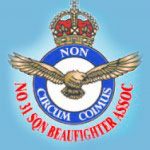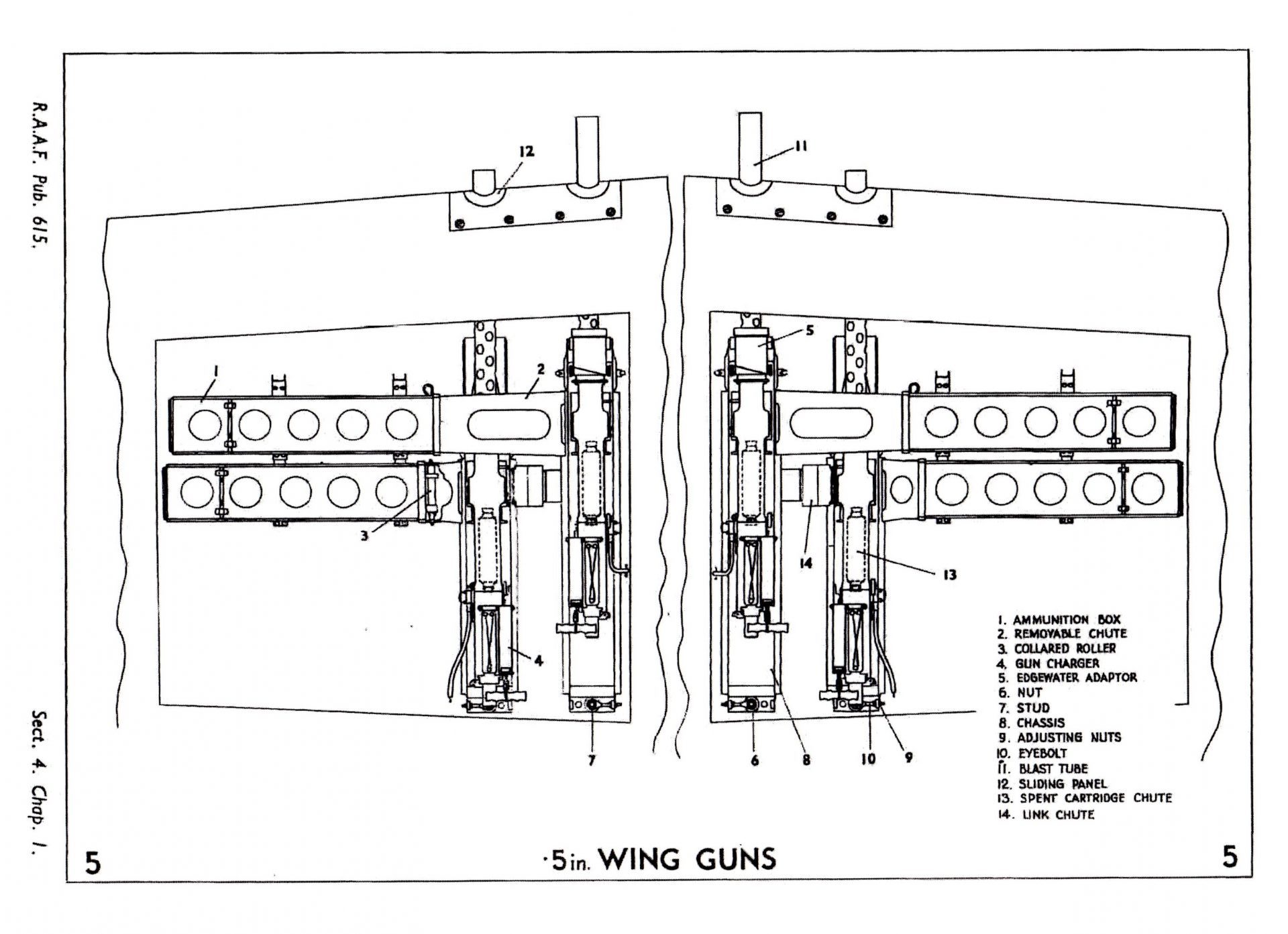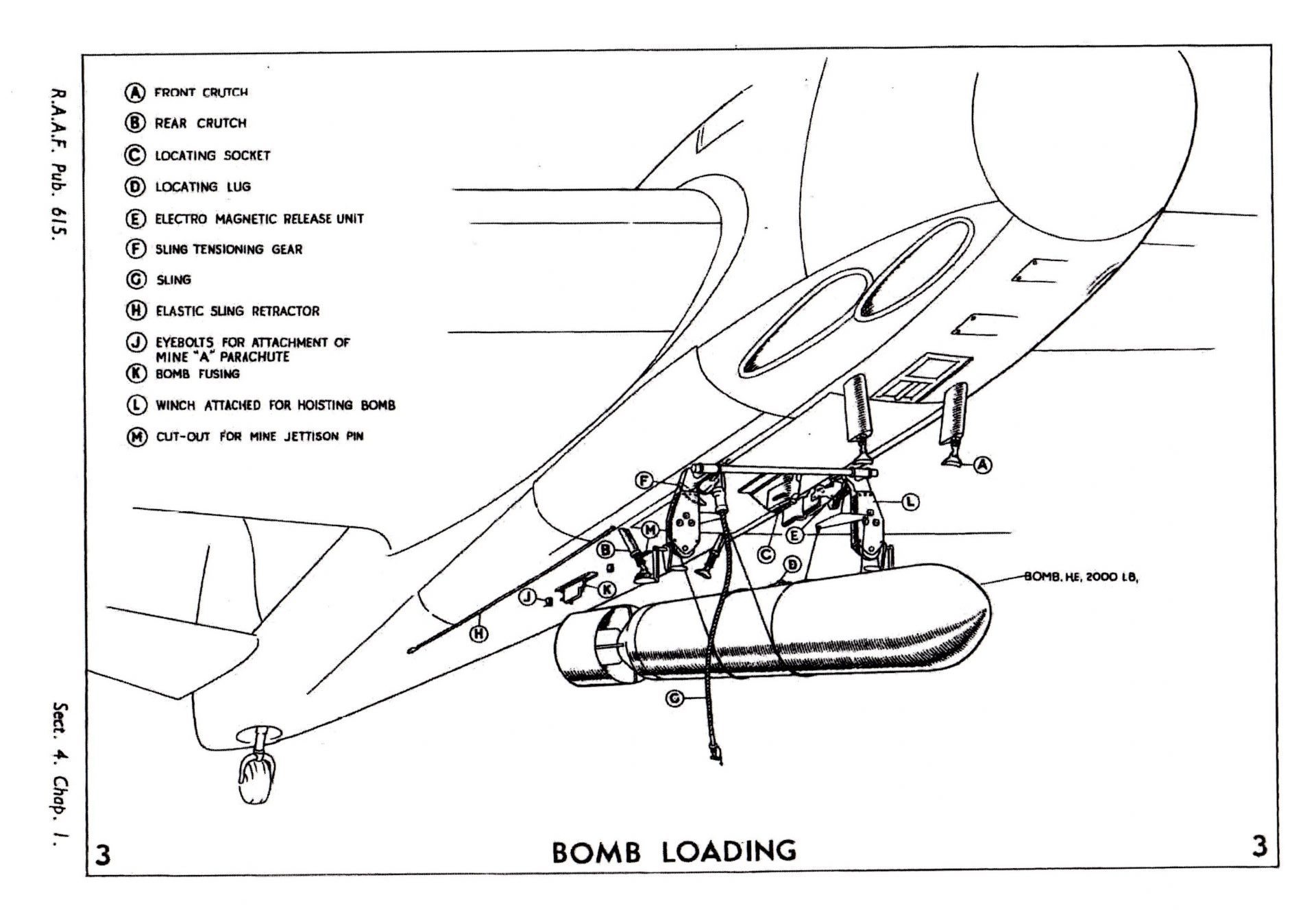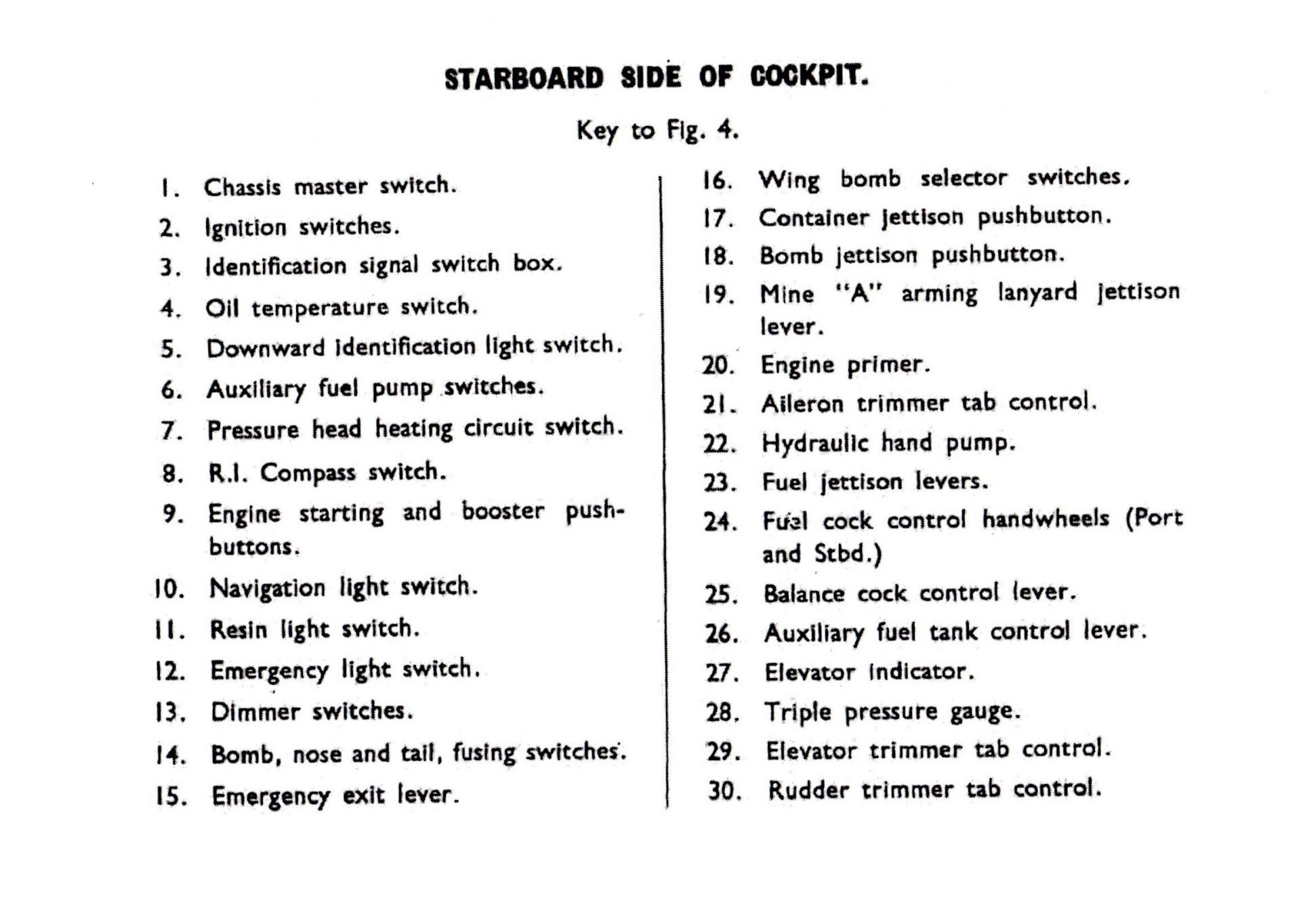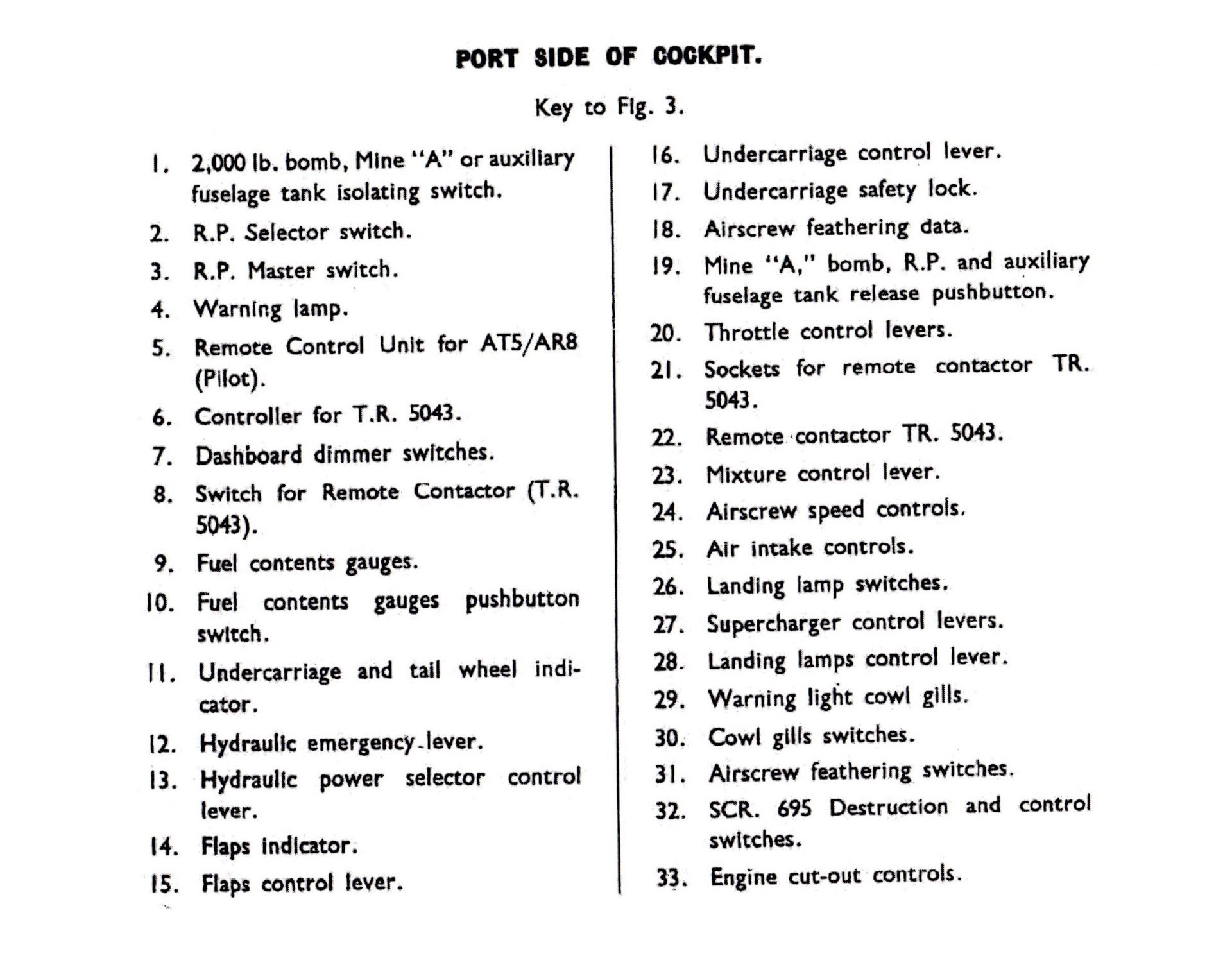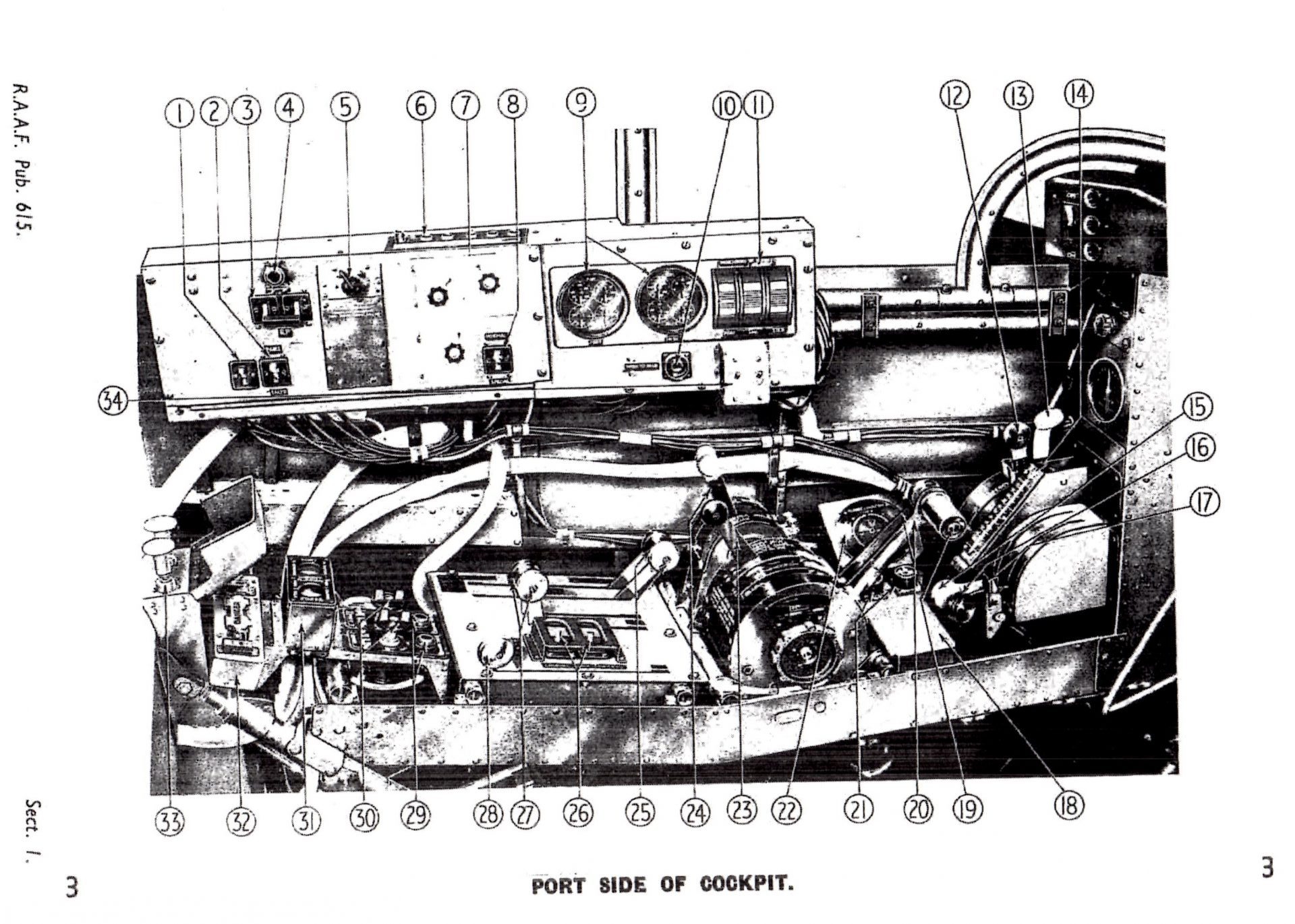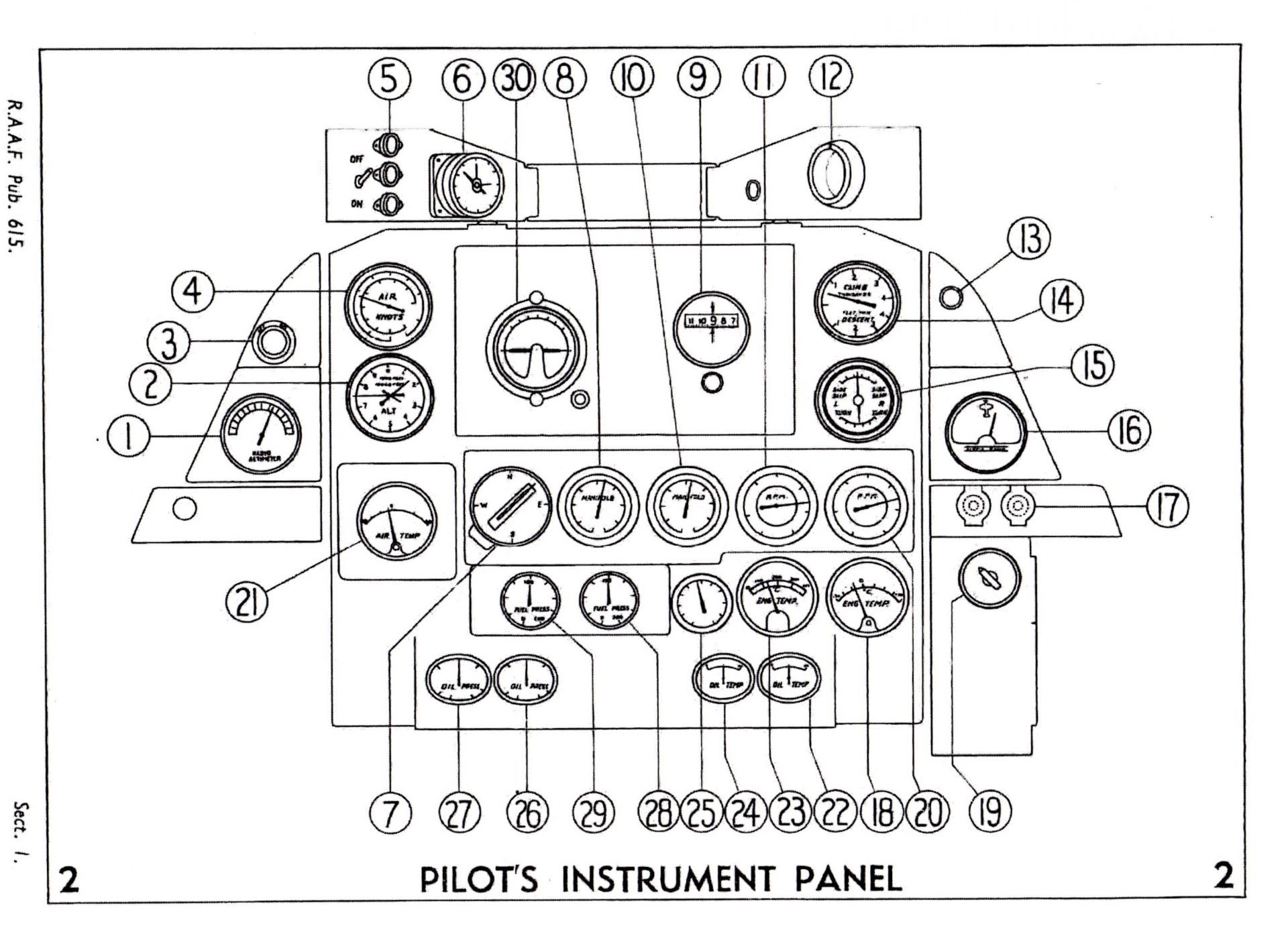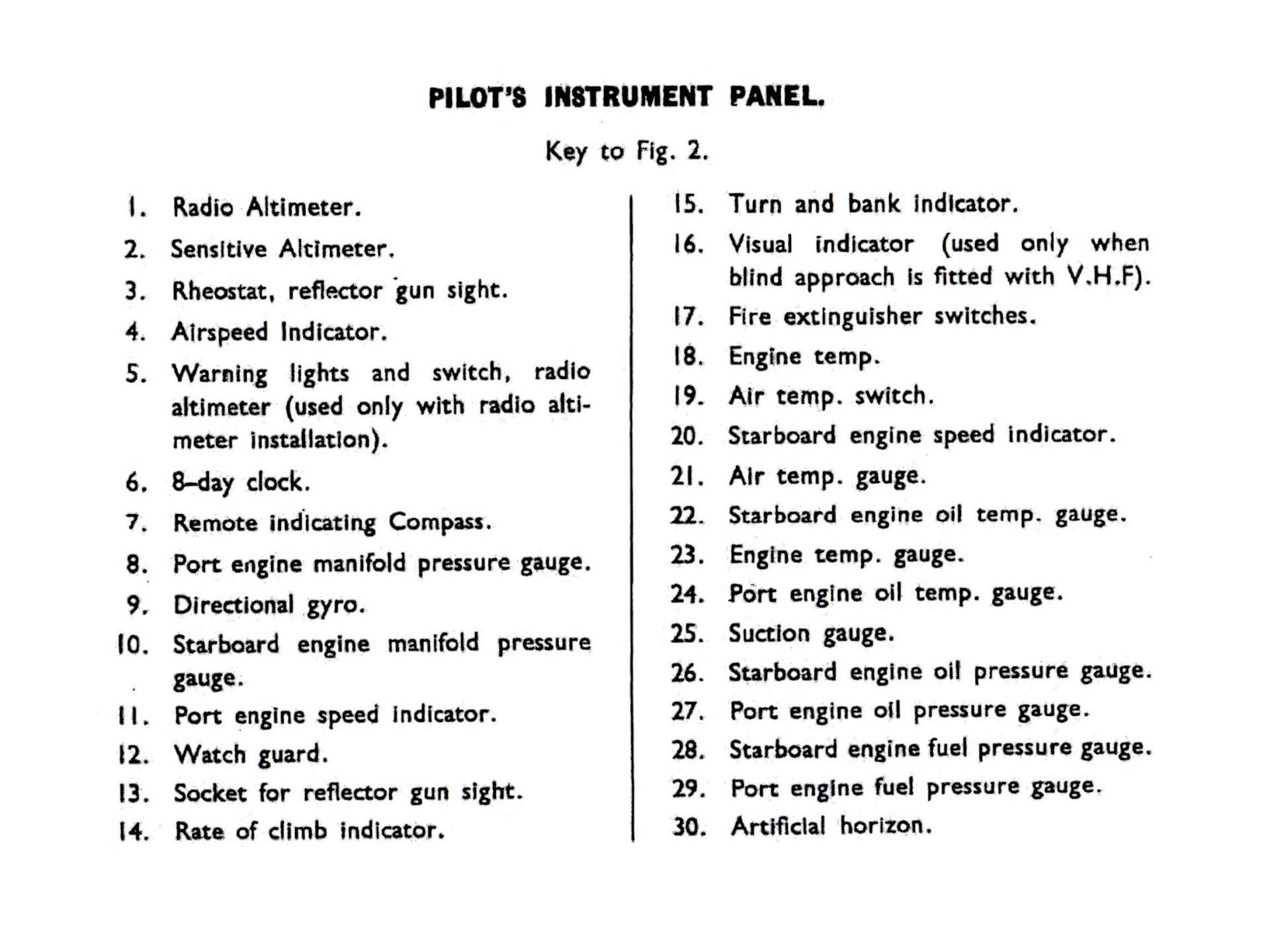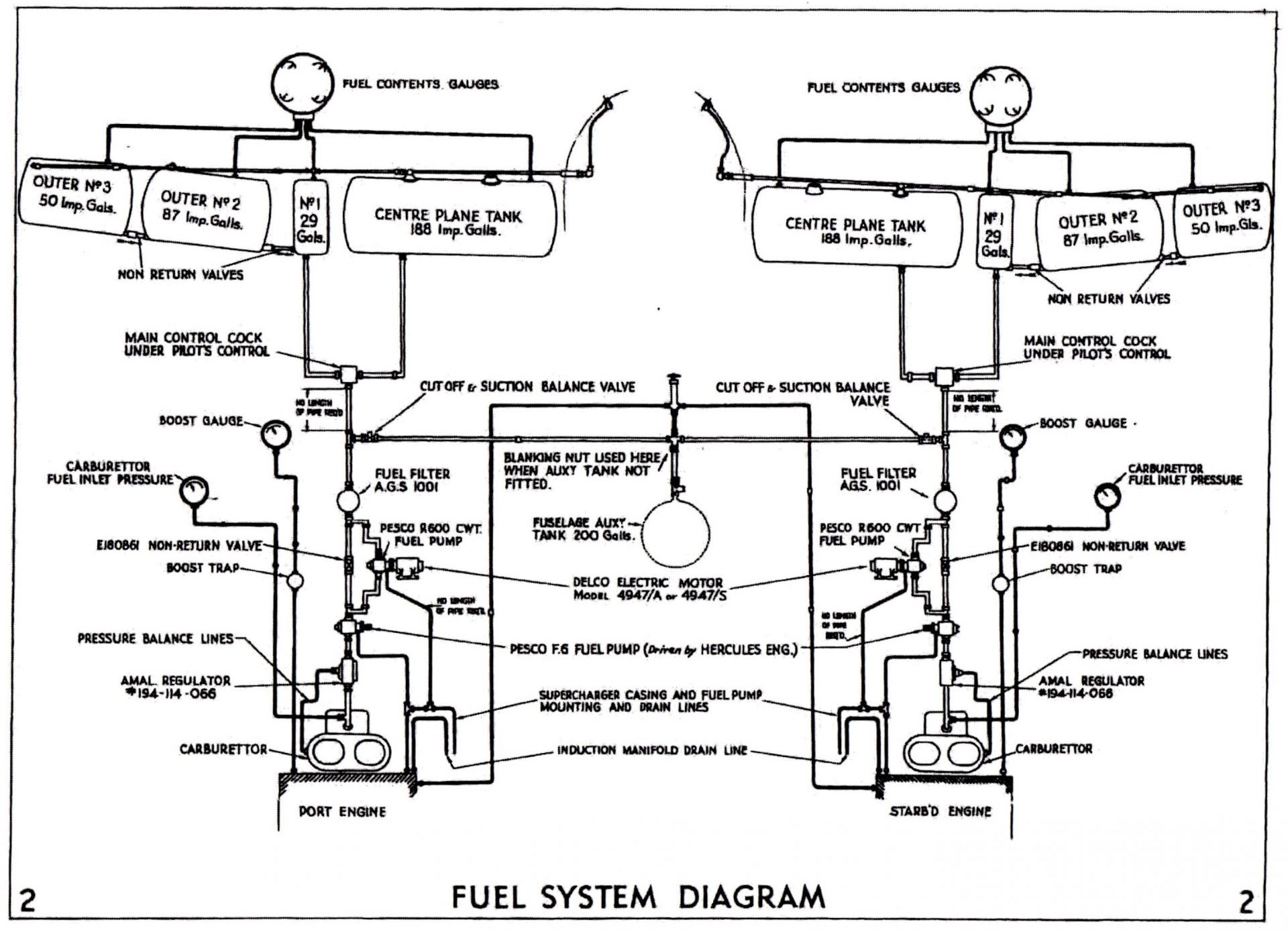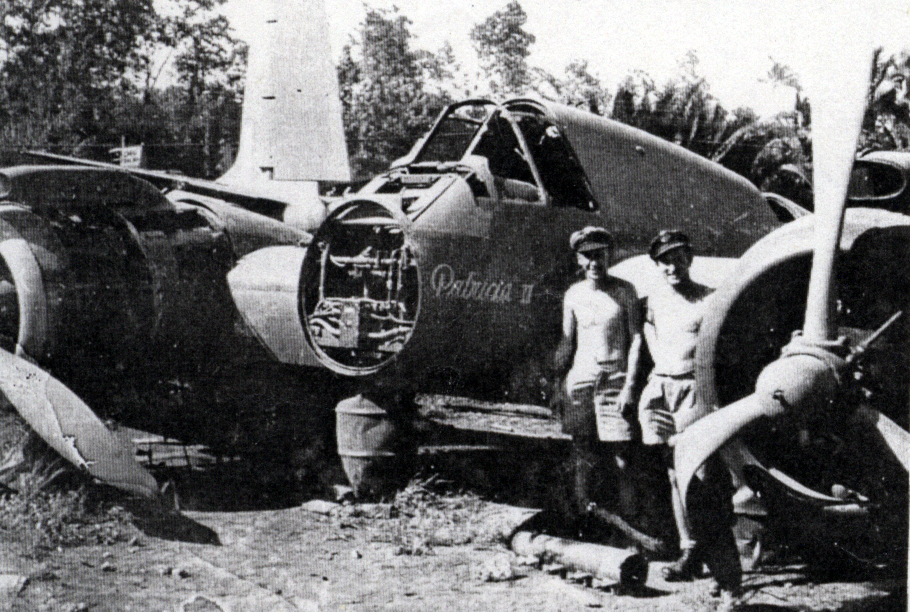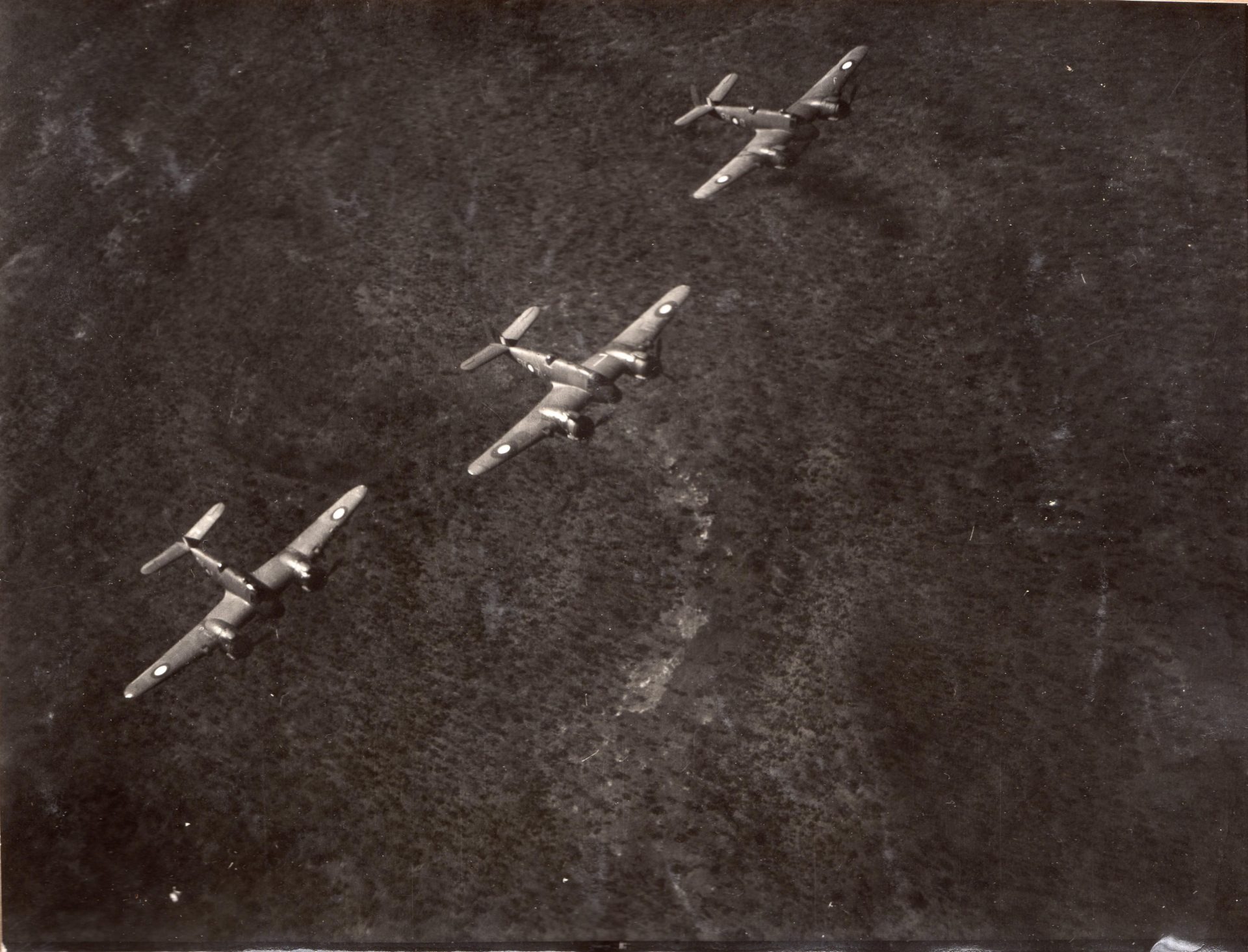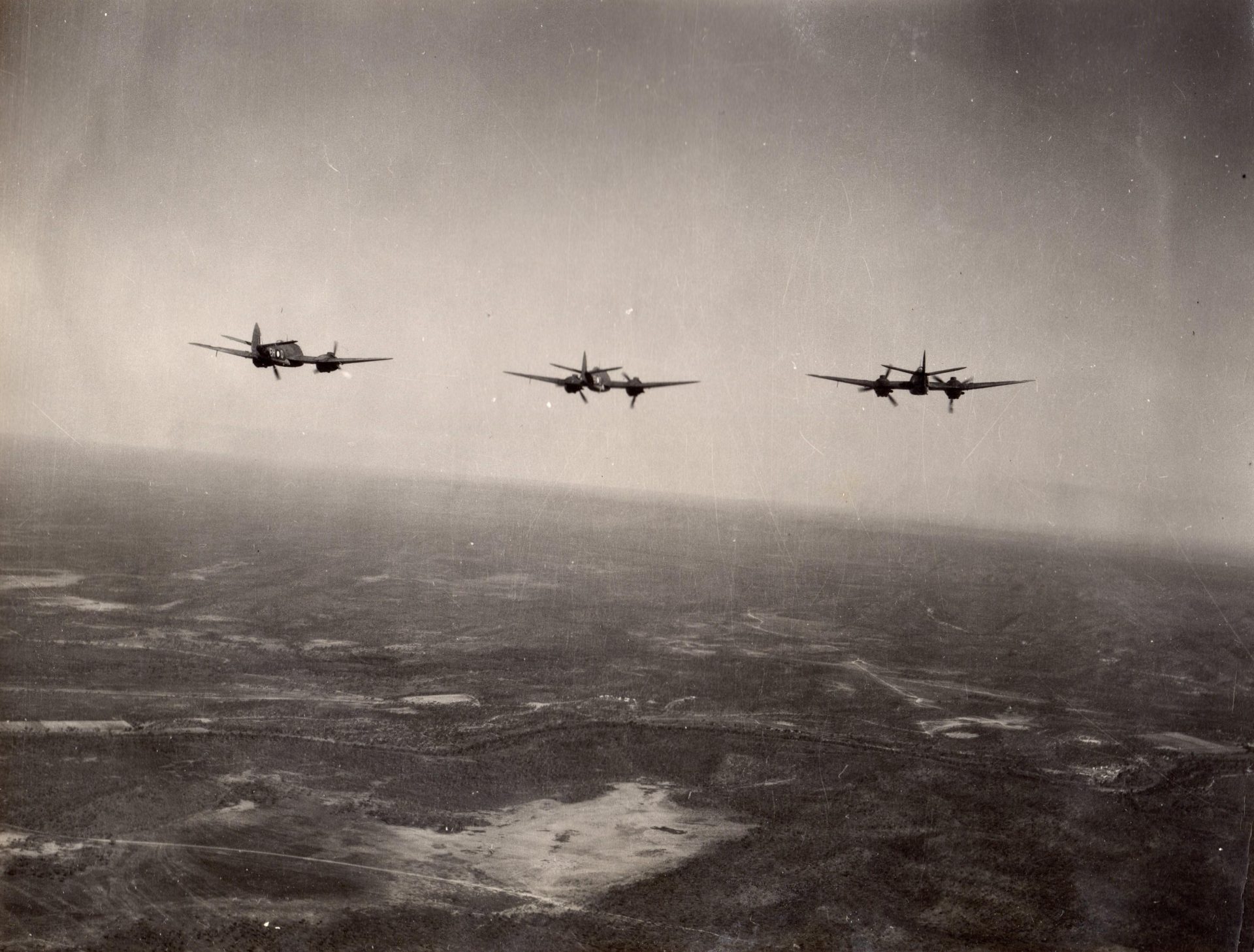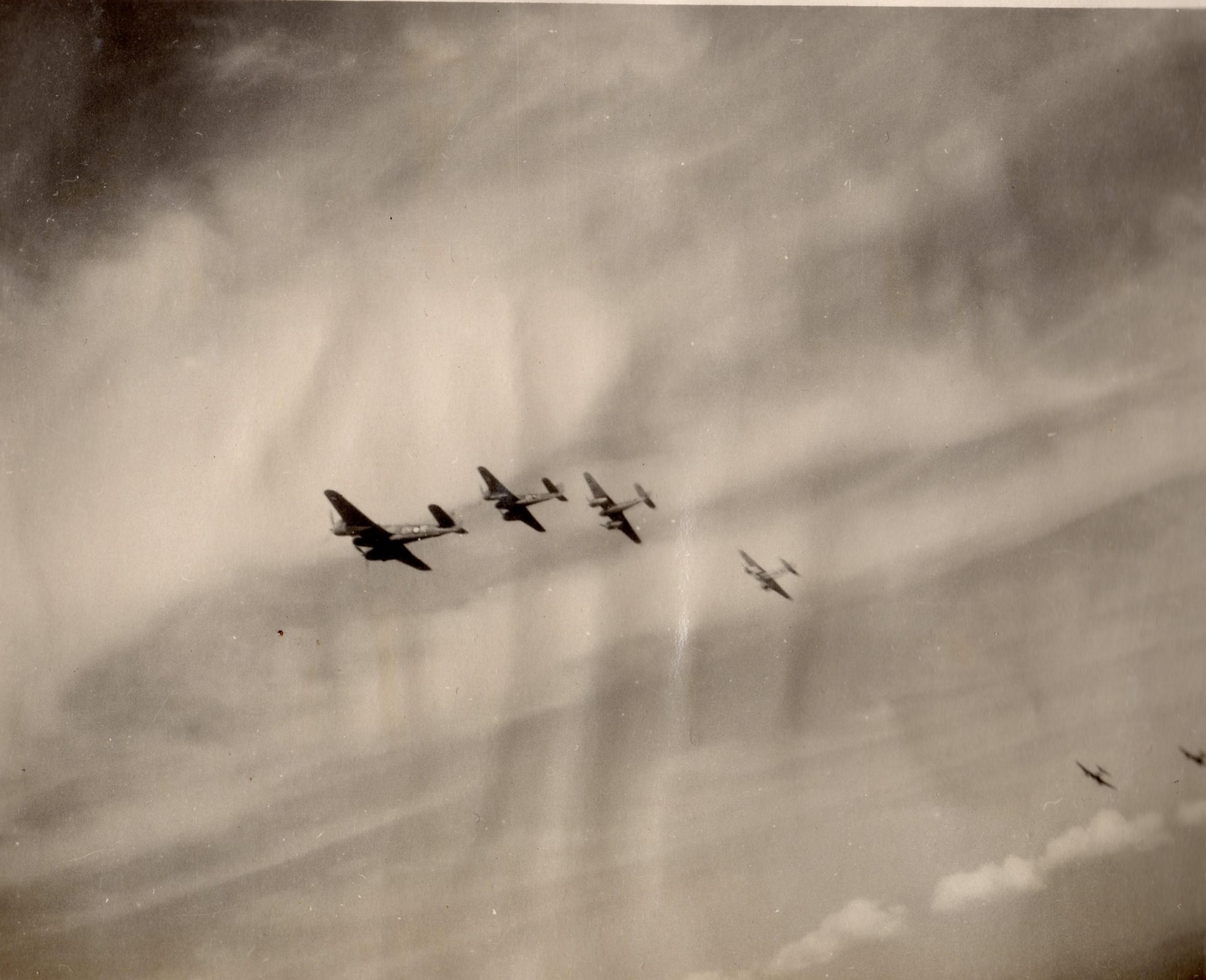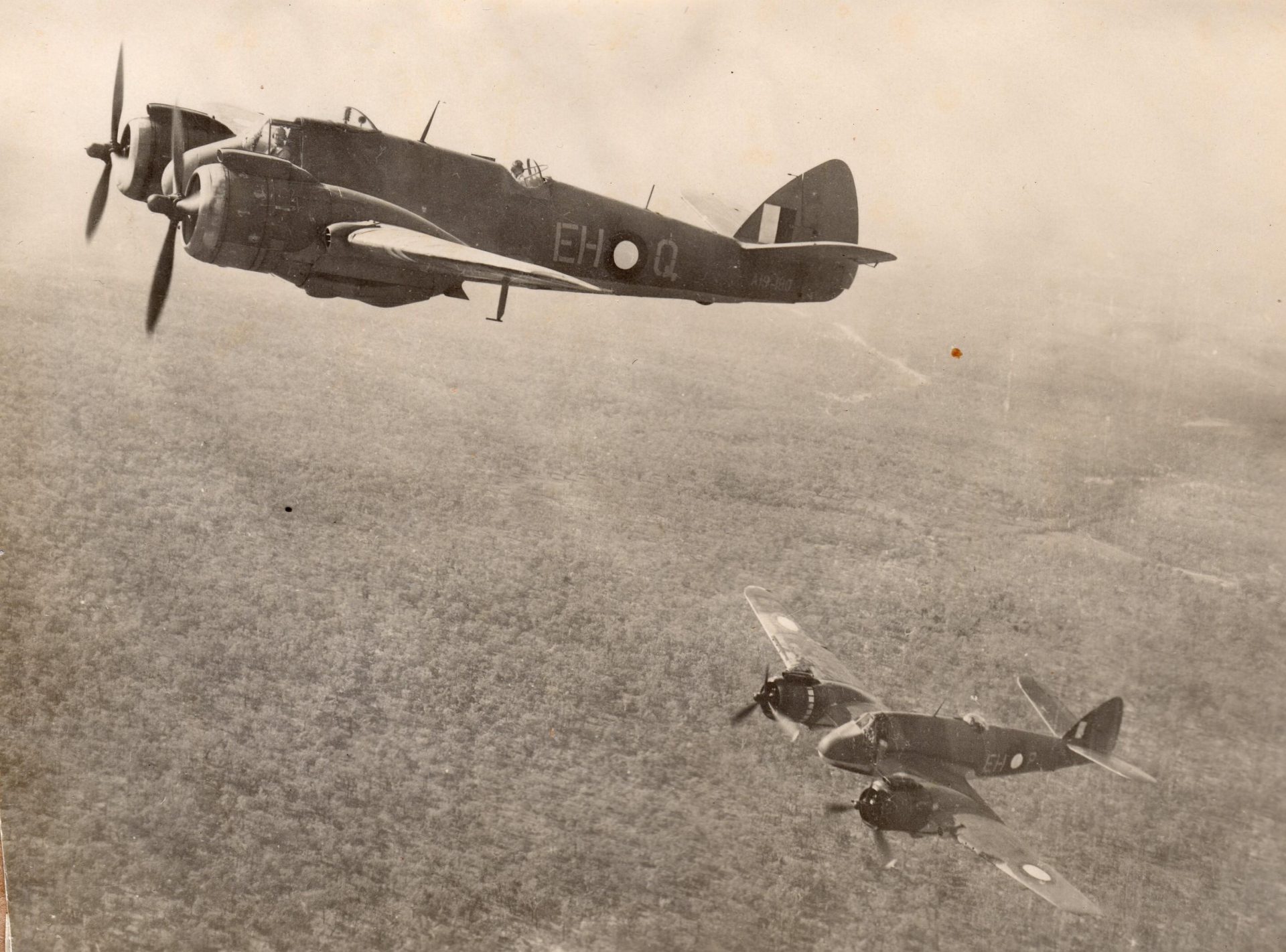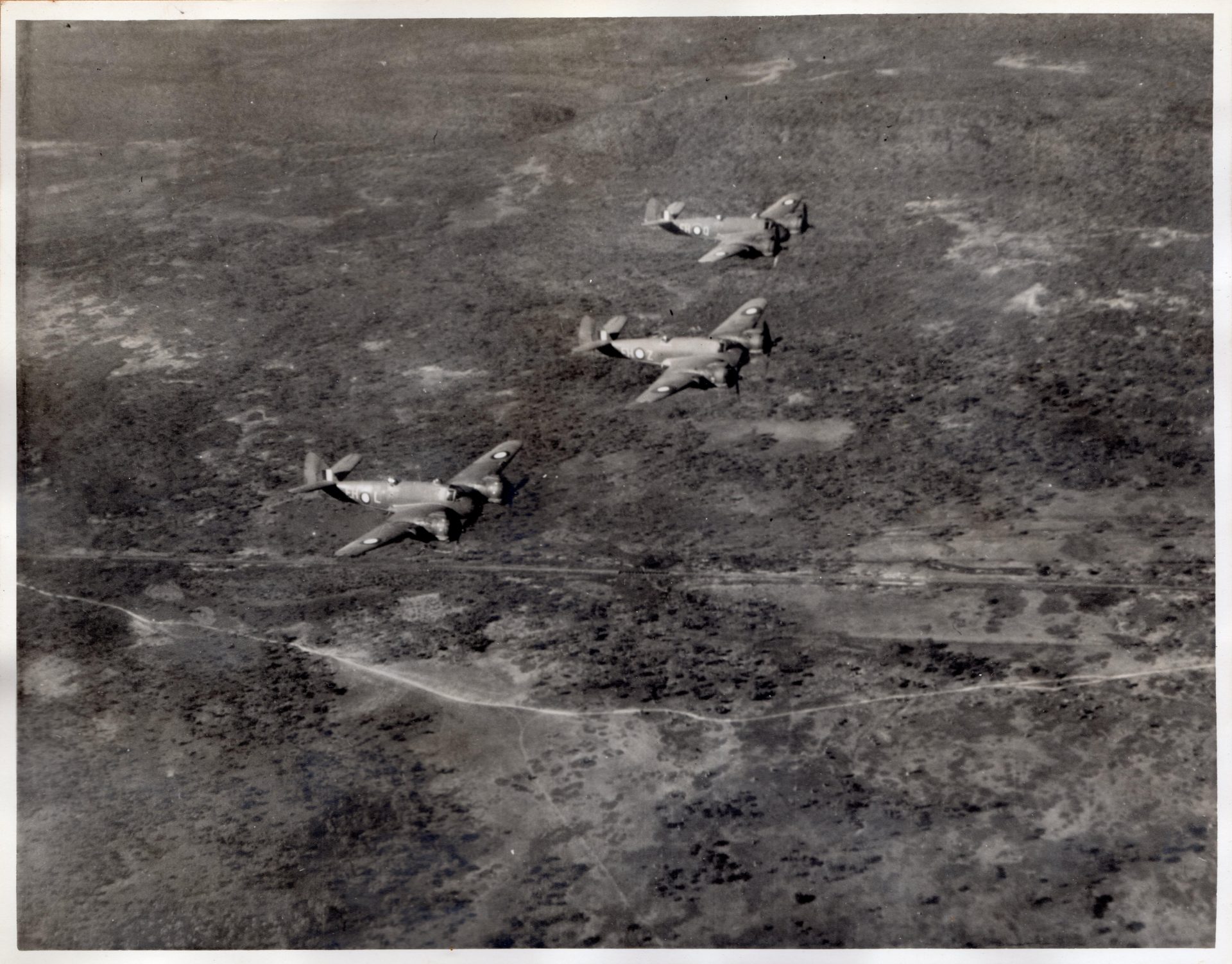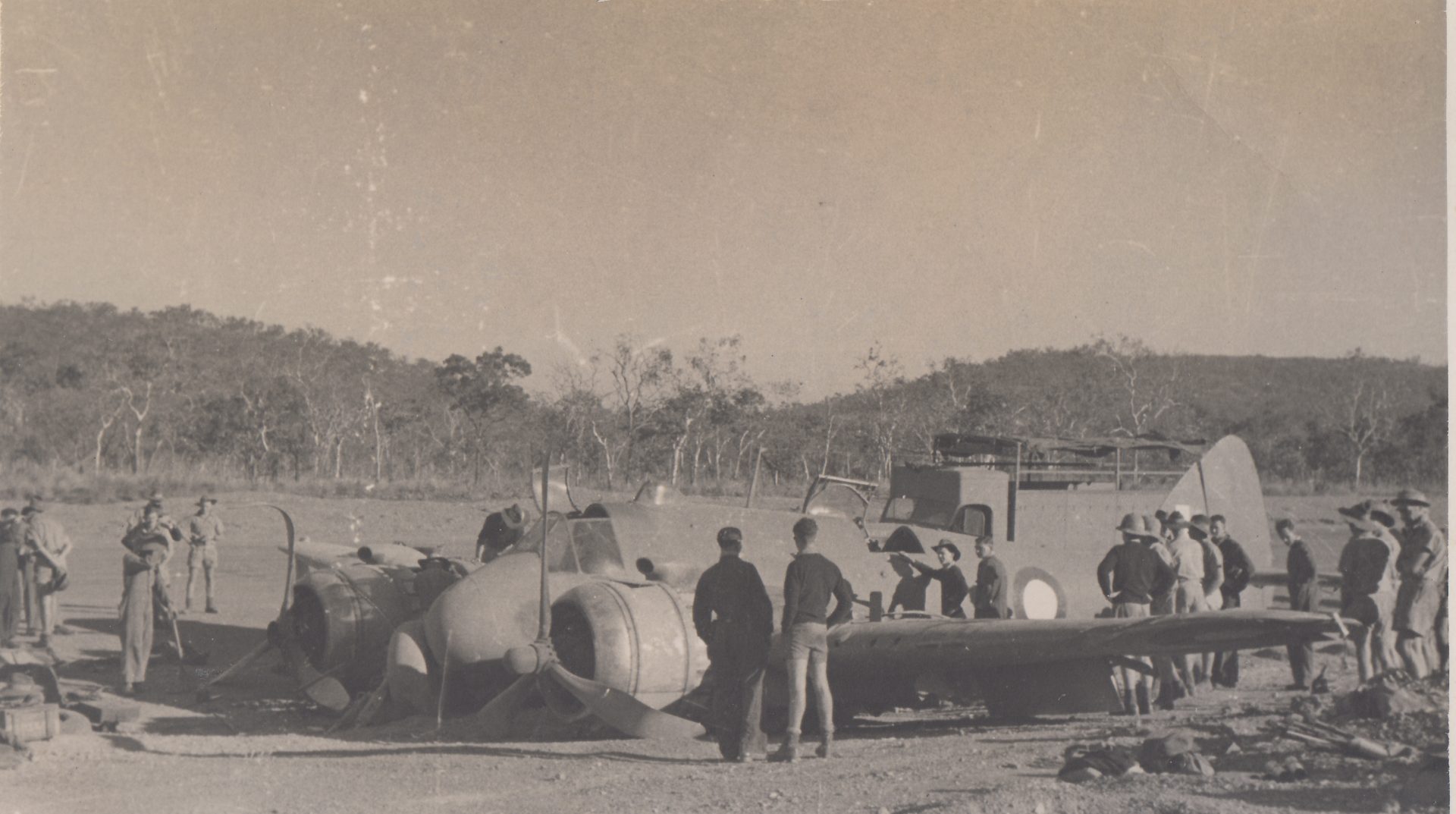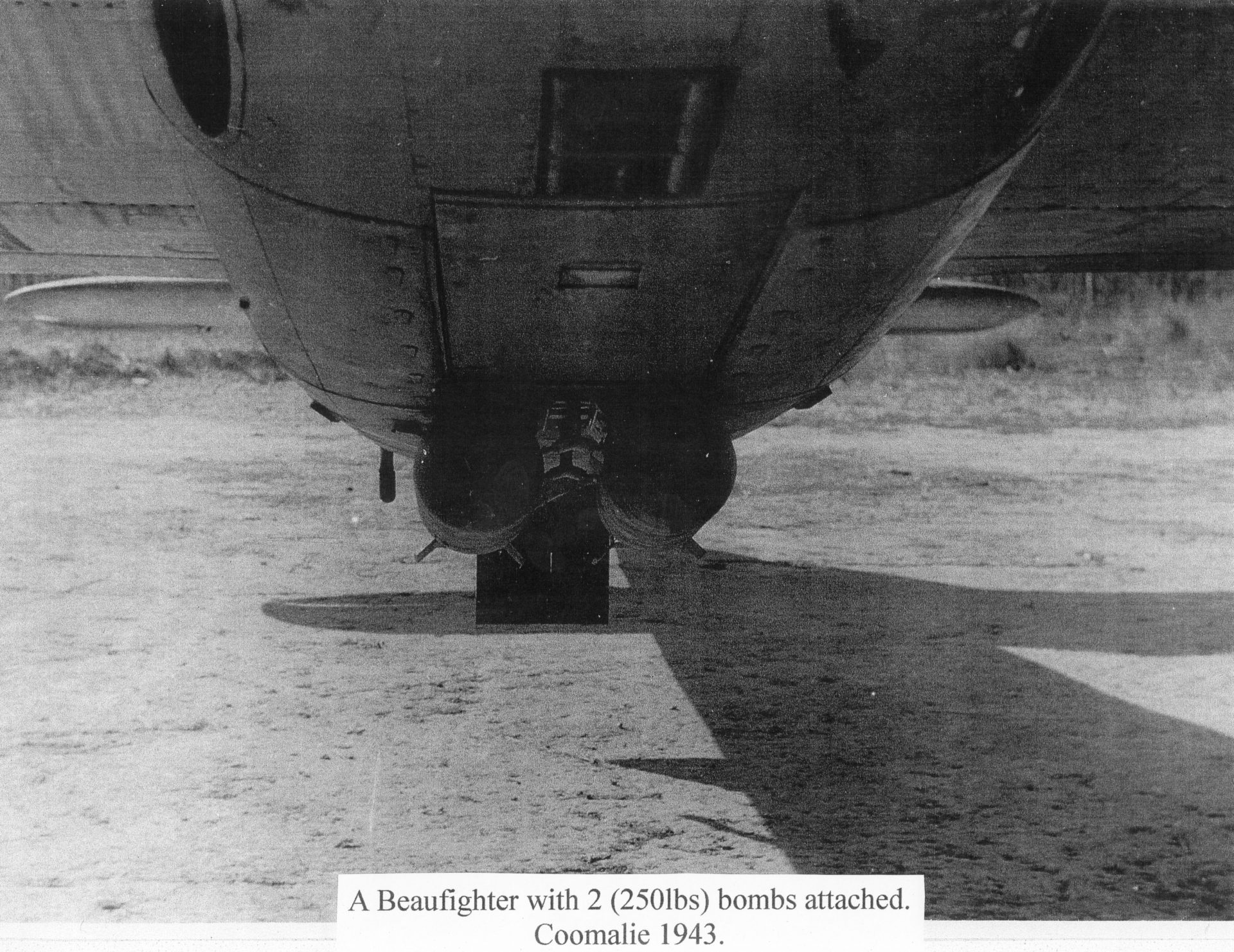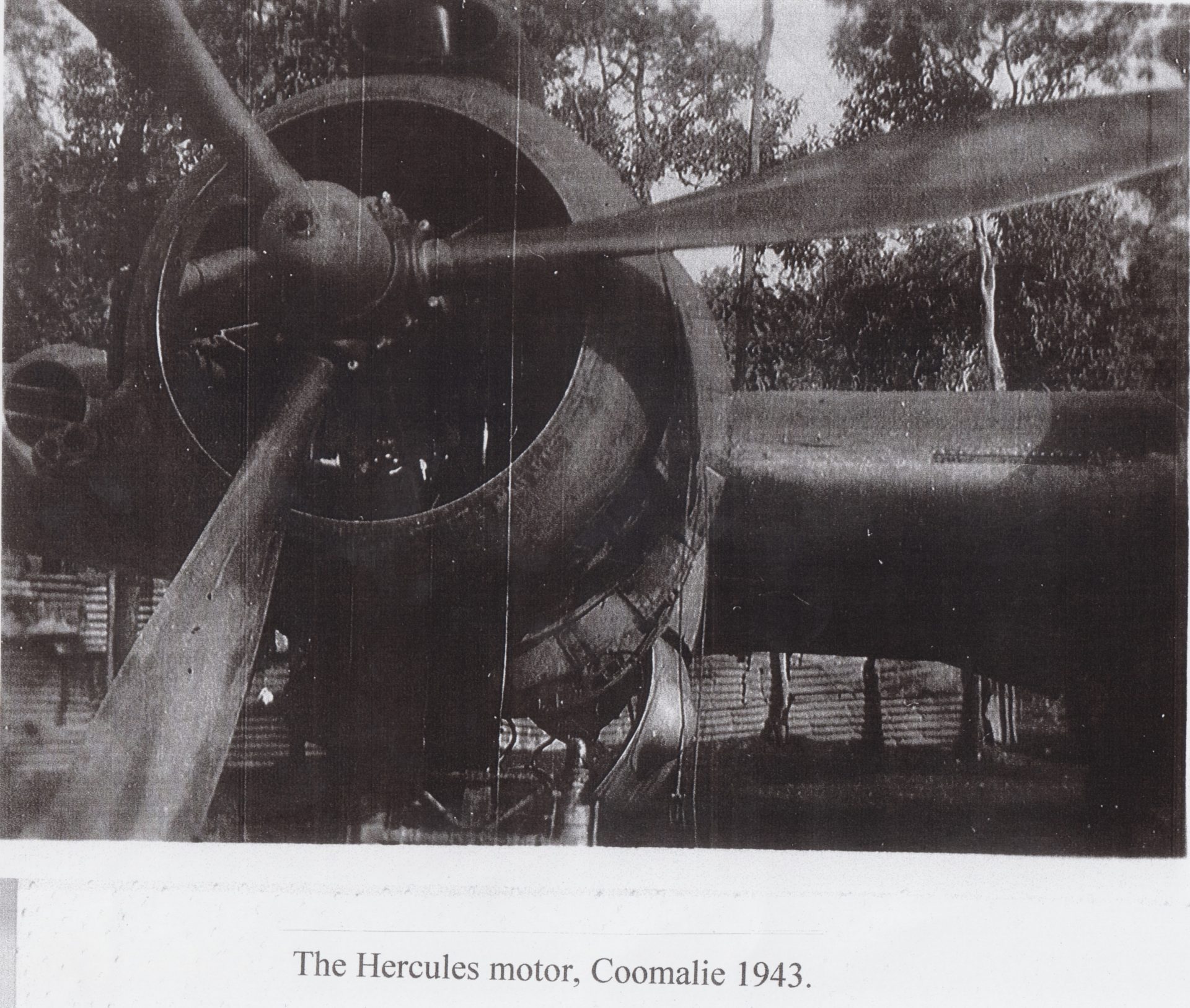War History Page 9

The most important operation of the month was low-level photography of the Tarakan waterfront by a B25 and four Beaufighters stooging through Zamboanga in Mindanao. During the mission No. 31 Squadron aircraft swept through the area effectively silencing ack-ack positions. The operation was carried out on the 19th and the aircraft returned to base next day.
The mission to Toli Toli on the 1st of the month was the last one from Wama Strip Morotai. On the 4th May, 10 officers and 131 ranks, with the adjutant Flight Lieutenant G.E. McGregor in charge, embarked on the “Manoora” and the “Westralia” for Tarakan, the equipment and vehicles following in another vessel. They disembarked on the 11th. Conditions were primitive until the equipment arrived, but by the 20th Squadron Headquarters was functioning. Meanwhile, another detachment, consisting of five officers and 95 ranks, left Morotai on the 22nd and arrived at Tawi Tawi on the 24th. All the squadron aircraft reached Tawi Tawi on the 3rd June to participate in air support work for Oboe VI operation of the Labuan-Brunei area.
Prior to the actual landings, operations were directed against targets in the Brunei area. Two buildings and one large boathouse used as a store room at Kuala Penyu were destroyed; besides, the area was thoroughly strafed.
Another assignment flown on the 4th and 6th June – not entirely new to the squadron – was the destruction of bridges and the consequent dislocation of rail traffic between Beaufort and. Tenon. The bridge over the Parang River was destroyed and two others in the vicinity of Beaufort damaged.
From Invasion Day, the 10th, targets were allotted and ‘dealt with as directed by the local air controller. Twice on the 11th and 13th they were directed to bomb and seal a number of tunnels in the area. Although hits were observed, it was not until the controller arrived later at Sanga Sanga that it was learnt that all except one was effectively sealed.
Apparently, on this mission two aircraft collided on take-off and crashed into the sea. Flying Officer Cowley, Pilot Officer Wall and Sergeant Johnson were killed. Warrant Officer Holmes was saved. July was disheartening for operations. Only 30 sorties were flown. During this period the squadron was divided between Morotai and Tarakan. In the squadron records we find that on the 8th six Beaufighters were scrambled from Tarakan to perform Army support work at Miri, which task was accomplished satisfactorily and evoked great praise from the A.I.F.
After escorting a flight of Spitfires from Tarakan to Balikpapan on the 15th, Squadron Leader Black was briefed to investigate reports of enemy aeroplanes using Asa and Melak aerodromes. The reconnaissance was carried out without incident. He landed at Manggar on the same day and was the first R.A.A.F. pilot to land there since the Japanese occupation. The only assignments were convoy cover and escort duties.
On the 30th, a detachment of squadron aircraft arrived at Labuan to operate under No. 86 Wing. On their first operation the following day a barge was hit and damaged on the Serawak River four miles east of Kuching. The squadron’s last operation against the enemy was carried out on the 1st August, when two Beaufighters from Lebuan conducted a rocket attack against a W/T station at Kuching, completely dislocating the station. During the remainder of the month aircraft based at Morotai operated on escort duties and leaflet-dropping missions over the Ilalmaherns and the Celebes.
When hostilities ceased on the 15th August 1945, the squadron scoreboard recorded:
- 20 enemy aircraft destroyed in the air and
- 54 on the ground, with 2 probable in the air;
- 14 damaged in the air and 32 on the ground;
- 9 ships destroyed and 4 damaged;
- besides much equipment and numerous buildings and installations destroyed or damaged.
The squadron had flown 2,660 offensive sorties against the enemy.
Towards the end of 1945, No. 31 Squadron moved by sea and air to the mainland of Australia, being first based on the 18th December at Deniliquin, N.S.W. where it remained until disbanded on the 9th July, 1946.
On the 12th March 1946 it moved to Williamtown
